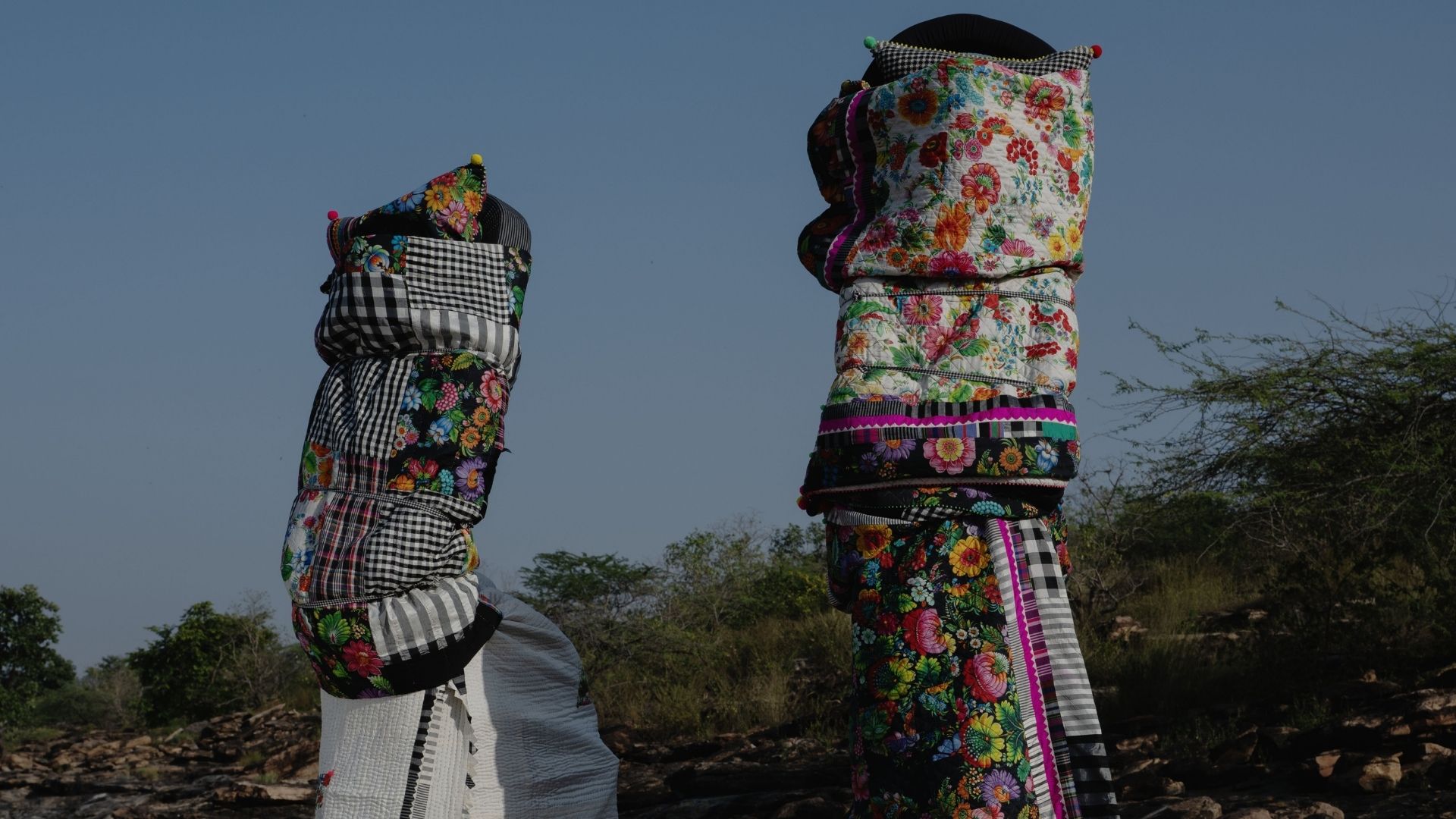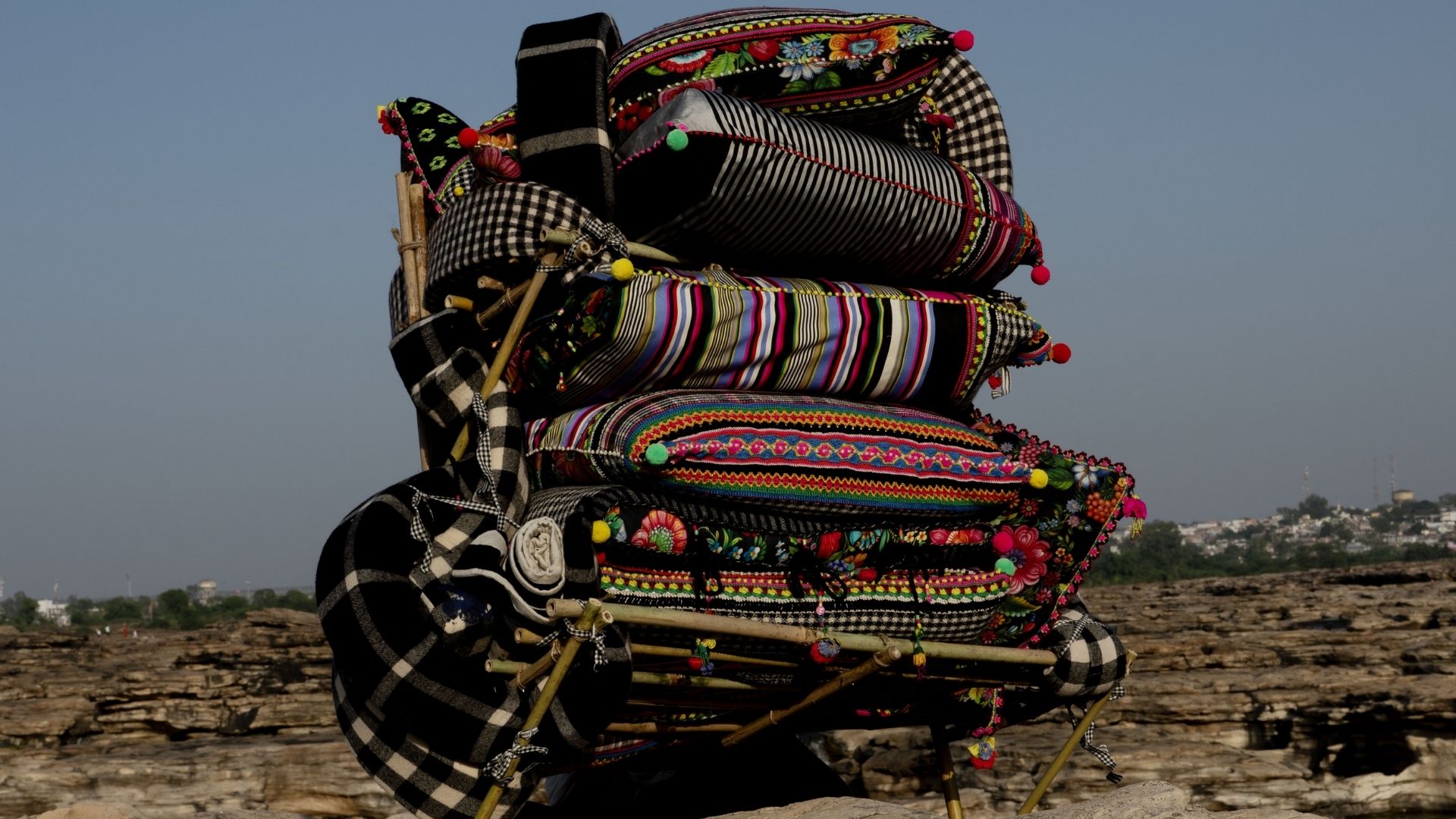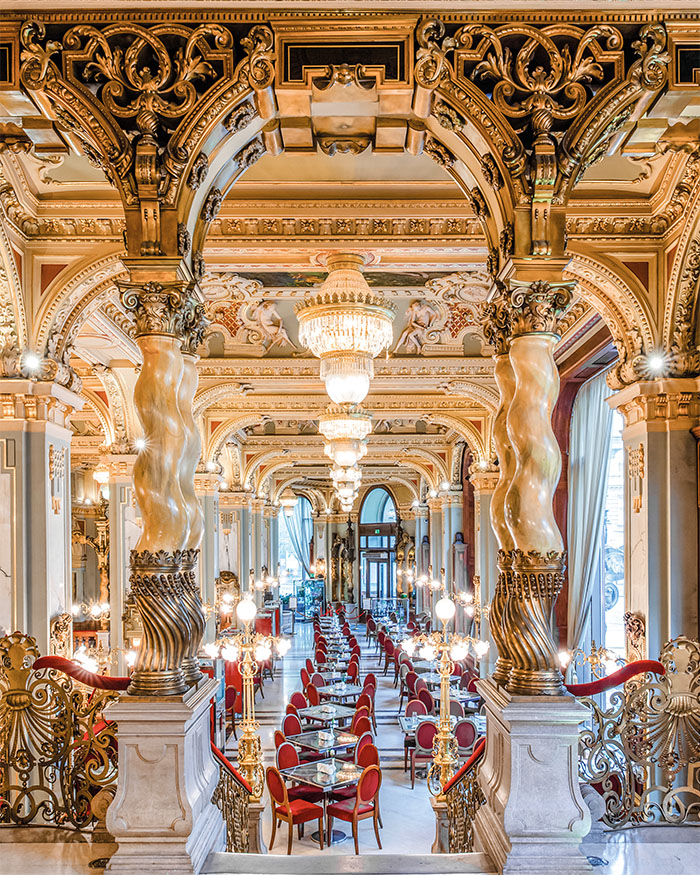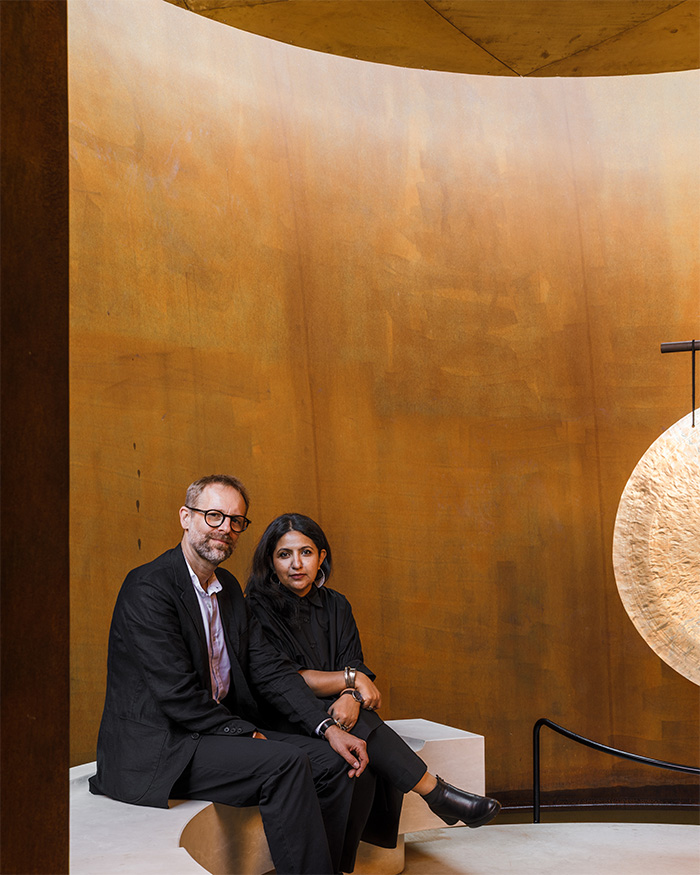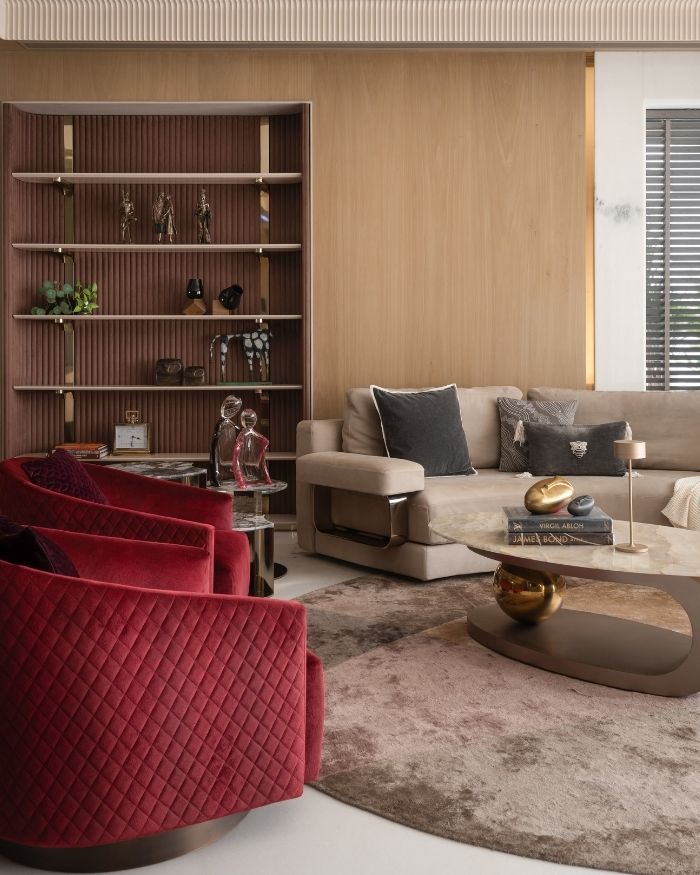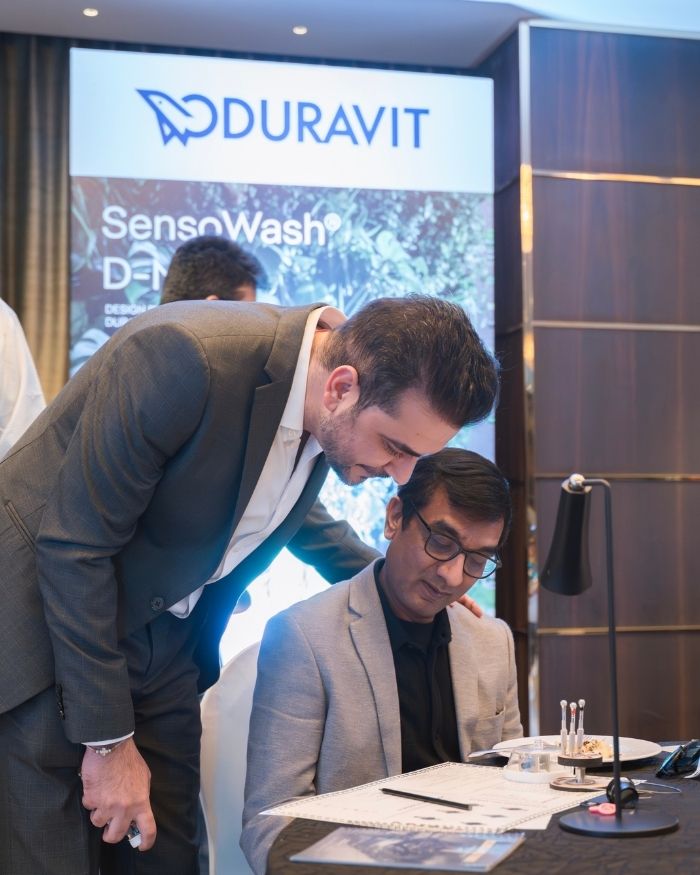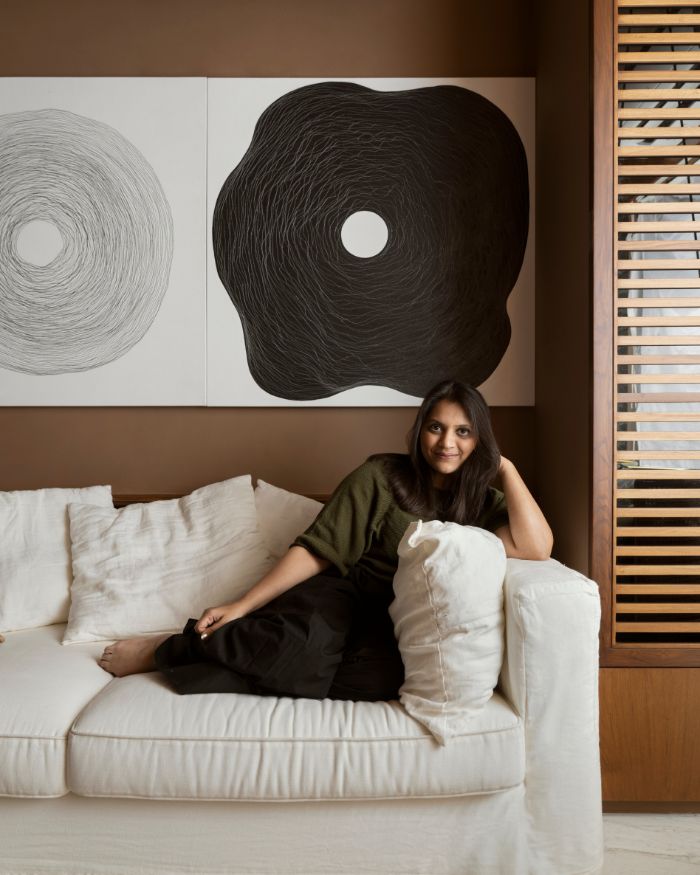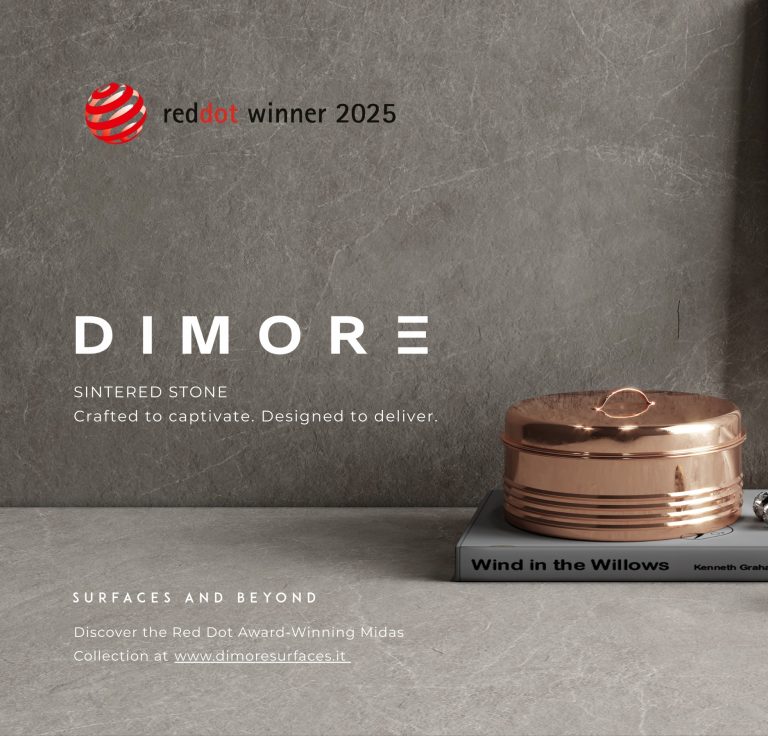What made pero enter the boundaries of homes?
We had fabrics from 20 seasons. During the pandemic, it was a decade of pero with two seasons done each year. We had textiles made all over India lying with us, because once you’re done with a season, you can’t eventually use that textile. My idea was to revisit all that. In the past five years from then to now, we’ve only been able to cover some eight seasons. Each piece is unique because we are not producing any more textiles.
What are some interesting textile choices that we should pay attention to in the home range?
Because we’d already cracked the language for each season when we launched our clothing line, it was easy for us to go back to our archives for the home. It was not something where we wanted to quickly mass produce, put it out on the racks and sell it.
The home range follows multiple categories, including Sleep, Eat and Live.
We are also offering tapestries and swatches that can be framed to put at home. Then come the dolls from every season that are very much a part of the home collection.
What does a perfect pero-style living room look and feel like?
I always feel that a living room should feel like a warm hug. For this space, we’ve done floor cushions in varied sizes—stacked, they look like an installation; spread out, you can lounge or sit on them. We’ve also done throws, a throwback to our textiles—rich pieces you simply toss on a sofa but can feel, touch and value as you live with them. And then there are the very ephemeral, very light Chanderi curtains, fabrics woven in Maheshwar and Chanderi to welcome the light in. These are what one sees in a pero living room.
Which crafts communities and regions does pero work with?
Every craftsperson who collaborated with us in making our clothing and textiles becomes a part of the home line, because all those textiles are now used at home. Be it the lighter fabrics from Chanderi and Maheshwar, the woollen fabrics from Himachal Pradesh, Punjab and Kashmir, cottons from West Bengal, linens from Bhagalpur, silks from the south of India, ikats from South India, or mashroo from Gujarat.
Do you think pero has signature features that consumers identify instantly? Was it intentional from the beginning…
I would say it was partially intentional because I always wanted to make my own fabrics and not work with existing fabrics. It started almost like having a library of textiles to work with. Initially, I used to think of it like Nehru Place in Delhi, where everyone goes to buy fabrics, because there was so much variation in front of me, woven and made in different parts of India. When I started mixing them, I felt like an artist who could weave their own canvas and then paint on it. And like an artist, it’s very difficult to know where to stop—when a painting is complete.
So even though I intended to mix a lot of things together, at the time it was not accepted, appreciated, or loved, and I did not know I was on the right path. But I consciously stuck to it, and it became a very strong identity for pero.


